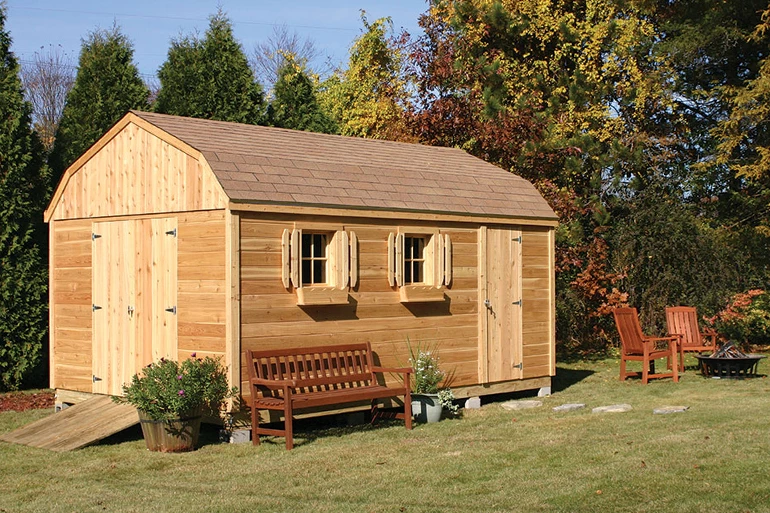Storage Sheds Buyer's Guide
When you find yourself in search of storage shed kits for your property, there are a few things you should consider. Sheds are no longer used for only storage. Therefore, knowing the primary purpose of your shed or shed kit, the style you prefer, your choice of building material, and of course the size that is best suited for your needs will make choosing the right shed for you a simple, yet enjoyable, process. In this article, we will discuss the uses, sizes, and styles of sheds available, allowing you the information needed to choose the one best suited for your situation.
Why Do I Need a Shed and What Size?
Unique Uses for a Shed
Storage is no longer the sole purpose for buying an outdoor shed. Society has adopted the contemporary storage shed into a modernized and versatile part of their home and property. Sheds are now used for she sheds, man caves, playhouses, tool sheds, workshops, craft rooms, studios, and so much more. Knowing which of the many uses you need your outside storage shed for will allow you to choose the right size and design to make the space you've been hoping for.


